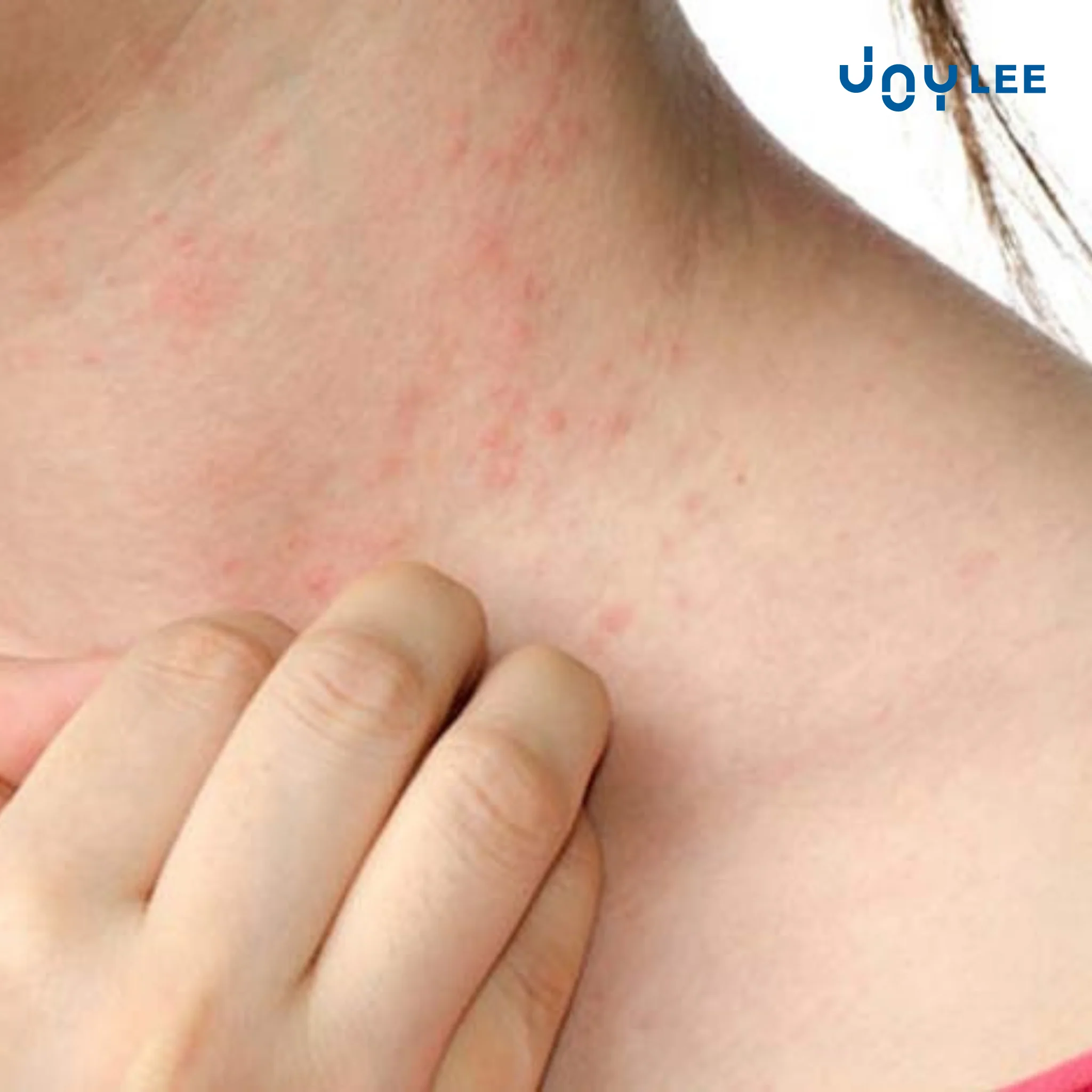Dust mites are microscopic creatures commonly found in household environments, particularly in bedding, upholstery, and carpets. Though invisible to the naked eye, their presence can significantly affect your health—especially if you suffer from allergies. Dust mite allergy is one of the most common indoor allergens and can lead to symptoms like sneezing, runny nose, itchy eyes, congestion, and even asthma. Managing these allergens at home can bring immense relief and improve your overall well-being.
In Singapore’s warm and humid climate, dust mites thrive, making allergy management an essential part of maintaining a healthy living environment. Many people seek professional advice to understand and tackle their symptoms more effectively. For those looking for more insights and medical perspectives on dust mite allergy relief, it’s helpful to consult a trusted ENT specialist or resource for guidance tailored to your specific condition.
Understanding the Triggers
Dust mites feed on dead skin cells and flourish in warm, moist environments. They are not parasitic and do not bite, but their feces and body fragments are potent allergens. When inhaled, these particles trigger immune system responses, causing the allergy symptoms that many experience.
The most common places dust mites reside include:
- Pillows and mattresses
- Blankets and duvets
- Curtains and drapes
- Stuffed toys
- Carpeting and rugs
Understanding where they hide can help you take targeted action to reduce their population in your home.
Simple Home Remedies to Reduce Dust Mite Exposure
Reducing dust mite exposure doesn’t always require expensive products or treatments. Many remedies can be implemented using items you already have at home:
1. Regular Washing of Bedding
Wash all bed linens, pillowcases, and blankets at least once a week in hot water (above 60°C). This high temperature helps kill dust mites and remove allergens.
2. Use Dust Mite-Proof Covers
Invest in hypoallergenic covers for your pillows, mattresses, and duvets. These barriers are tightly woven and prevent dust mites from entering or escaping, significantly reducing allergen exposure during sleep.
3. Dehumidify Your Home
Dust mites require a certain level of humidity to survive. Keeping indoor humidity levels below 50% can deter their growth. Use a dehumidifier or an air conditioner, especially in bedrooms and living areas.
4. Vacuum Frequently with HEPA Filters
Vacuuming carpets, rugs, and upholstered furniture regularly can help remove dust and mites. A vacuum with a HEPA (High-Efficiency Particulate Air) filter traps tiny particles and prevents them from being recirculated into the air.
5. Replace Carpets with Hard Flooring
If you have the option, consider replacing carpets with hard flooring such as tiles, laminate, or hardwood. These surfaces don’t trap allergens as easily and are easier to clean thoroughly.
6. Reduce Clutter
Clutter collects dust. Keep surfaces tidy and limit the number of decorative pillows, stuffed animals, or books in sleeping areas to reduce dust accumulation.
When to Consider Medical Help
If you’ve implemented home remedies and are still experiencing persistent symptoms, it might be time to consult a specialist. ENT (Ear, Nose, and Throat) doctors can conduct allergy testing and recommend treatment options such as antihistamines, nasal corticosteroids, or even immunotherapy.
Children with allergies, especially those who develop asthma-like symptoms, should be assessed early to prevent long-term respiratory issues. An early diagnosis followed by a personalized management plan can provide lasting relief and improve quality of life.
Lifestyle Adjustments for Ongoing Relief
Besides cleaning and environmental changes, adopting some lifestyle habits can help reduce allergic reactions:
- Avoid smoking indoors, as smoke aggravates allergic conditions.
- Keep pets out of bedrooms.
- Use air purifiers with HEPA filters.
- Shower before bed to wash away allergens on skin and hair.
Making these small changes can go a long way in maintaining a clean and allergy-friendly home environment.
Conclusion
Dust mite allergies can be challenging, especially in environments like Singapore, where humidity levels make dust mite populations difficult to control. However, with the right strategies—ranging from frequent cleaning to lifestyle modifications—you can significantly reduce your exposure and improve your comfort at home. When in doubt, consulting an ENT specialist ensures that you receive proper diagnosis and treatment tailored to your condition. Through both medical and at-home efforts, dust mite allergy relief is within reach.




